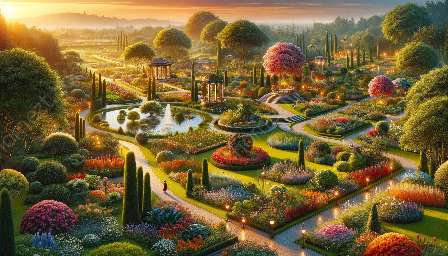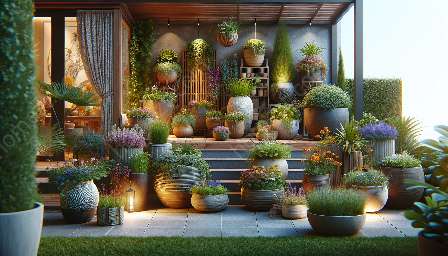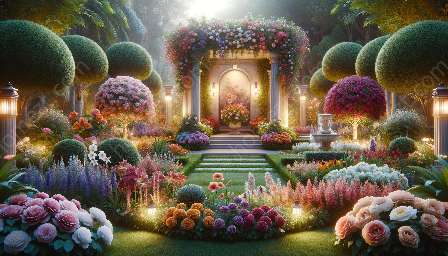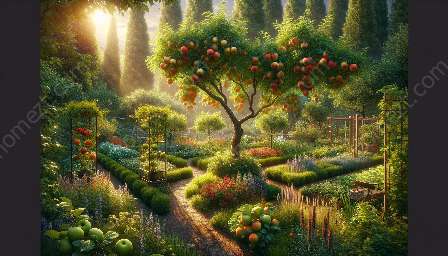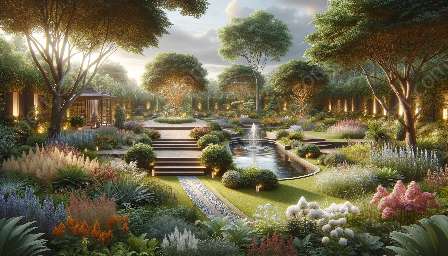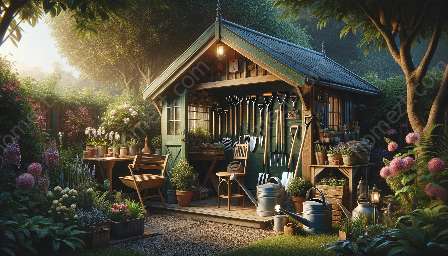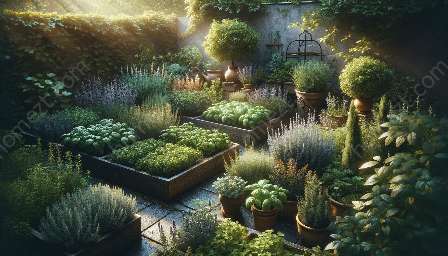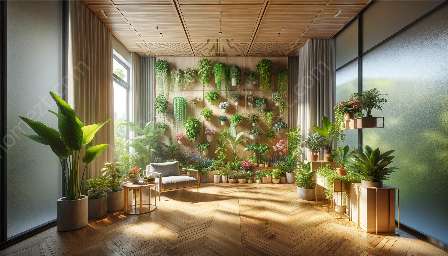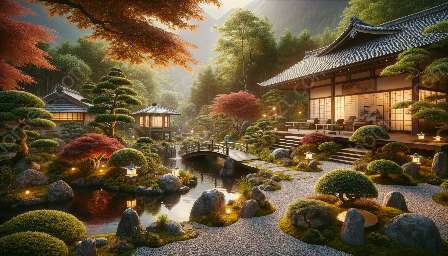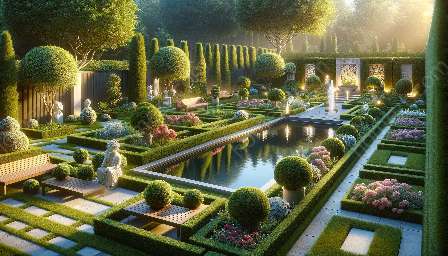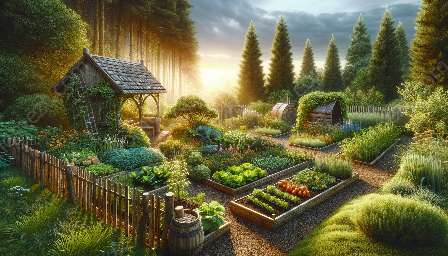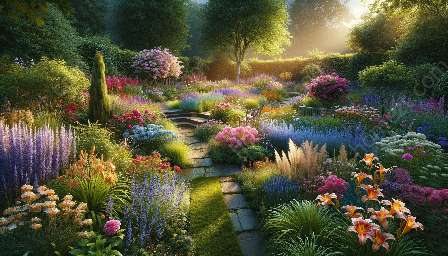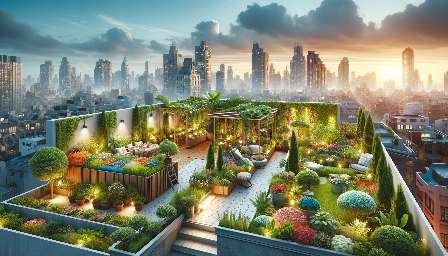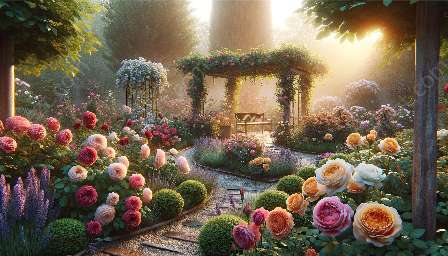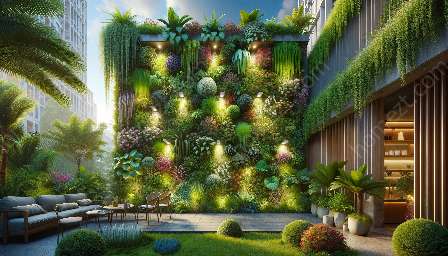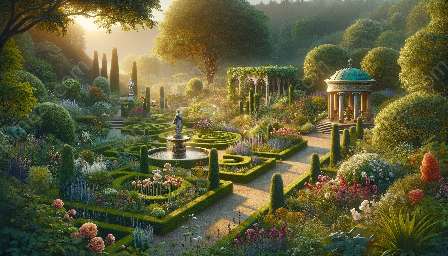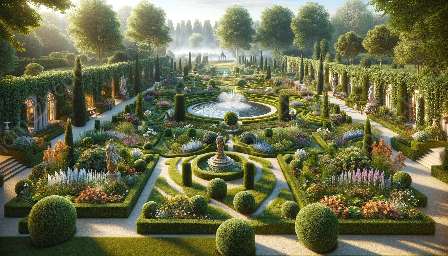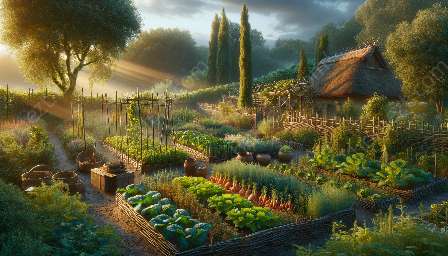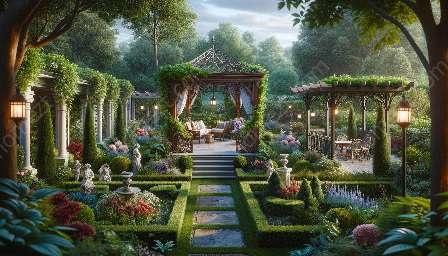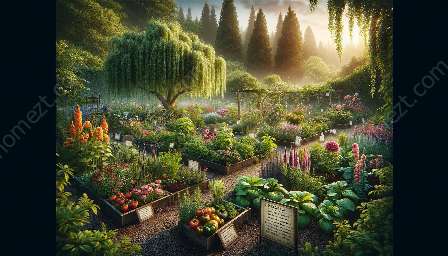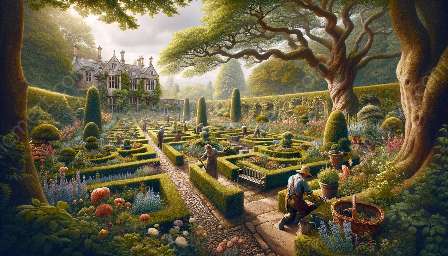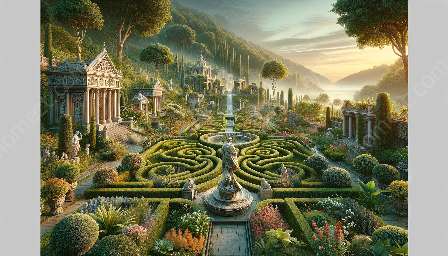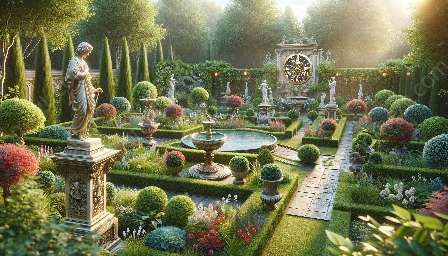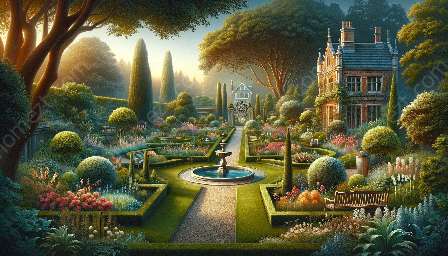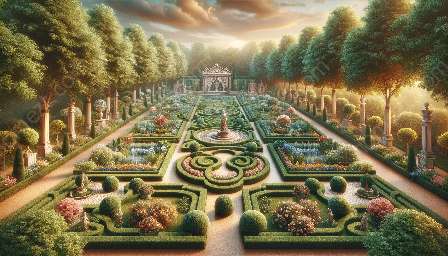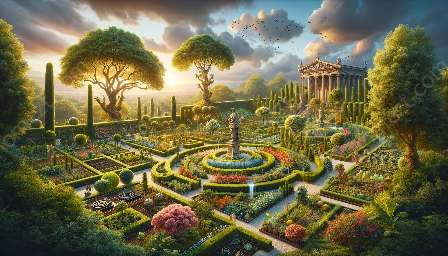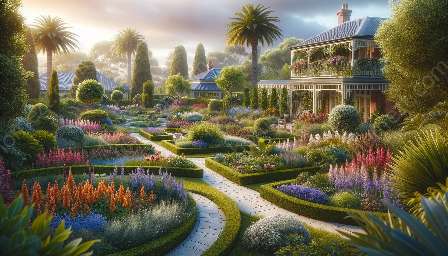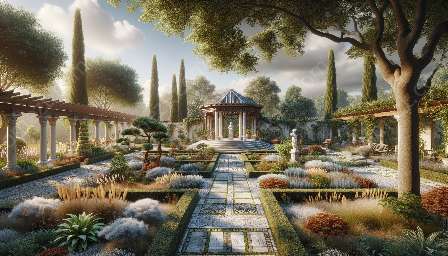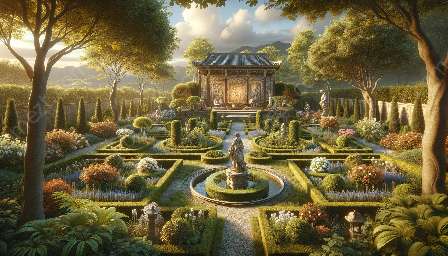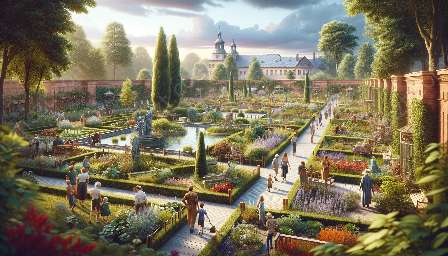Traditional garden structures form an integral part of heritage gardening and landscaping, adding timeless elegance and historical significance to outdoor spaces. Whether it's a quaint gazebo, a charming trellis, or an ornate pergola, these structures have stood the test of time, enriching gardens with their architectural beauty and functionality.
The Significance of Traditional Garden Structures
Traditional garden structures play a vital role in preserving the heritage of gardening. They are often associated with historical periods and cultural influences, reflecting the craftsmanship and design principles of a bygone era. As a result, incorporating these structures in modern landscapes not only pays homage to tradition but also adds a sense of authenticity and depth to the overall design.
Furthermore, traditional garden structures contribute to the aesthetic appeal of outdoor spaces, creating focal points that draw the eye and instill a sense of tranquility. They offer a refuge from the elements, providing shade, shelter, and a place for relaxation amidst nature's beauty. Additionally, these structures can serve as support for climbing plants, adding vertical interest and enhancing the natural ambience of a garden.
Types of Traditional Garden Structures
There is a wide array of traditional garden structures, each with its unique characteristics and functional attributes. Some of the most iconic examples include:
- 1. Gazebos: These freestanding structures are often hexagonal or octagonal in shape, featuring open sides and a roof. Gazebos serve as gathering places in gardens, offering shelter and an ideal spot for outdoor entertaining or quiet contemplation.
- 2. Trellises: A trellis is a framework of latticework used to support climbing plants or vines. They are often made of wood or metal and can be free-standing or attached to a wall, creating vertical displays of foliage and flowers.
- 3. Pergolas: Pergolas are outdoor structures with columns or posts supporting an open roof of cross beams or rafters. They provide partial shade and are commonly used to define walkways, create outdoor rooms, or frame views in a garden setting.
- 4. Arbors: An arbor is a simple structure consisting of an open framework, often made of latticework, that forms a shaded passageway, gateway, or seating area. Arbors are frequently adorned with climbing roses or other flowering vines.
- 5. Japanese Tea Houses: Originating from the Japanese tradition of tea ceremonies, these quaint structures offer a serene retreat in a garden, providing a place for quiet reflection and appreciation of nature.
Integrating Traditional Garden Structures into Landscaping
When incorporating traditional garden structures into a landscape design, it is essential to consider the overall aesthetic, scale, and function of the space. These structures should complement the existing elements and contribute to a cohesive, harmonious layout. Proper placement and strategic positioning can create focal points and transition zones, enhancing the visual appeal and flow of the garden.
Furthermore, the choice of materials, such as wood, metal, or stone, should align with the architectural style of the surrounding environment and harmonize with the plant palette. By integrating traditional garden structures thoughtfully, landscape designers and gardening enthusiasts can elevate the outdoor experience, creating inviting and memorable spaces imbued with heritage and character.
Conclusion
Traditional garden structures encapsulate the essence of heritage gardening, providing a link to the past while enriching contemporary landscapes with their timeless charm. Whether employed as functional elements or decorative accents, these structures contribute to the beauty, functionality, and storytelling potential of gardens and outdoor spaces. Preserving traditional garden structures not only honors the legacy of craftsmanship and design but also ensures that their enduring appeal continues to enhance the art of gardening and landscaping for generations to come.

